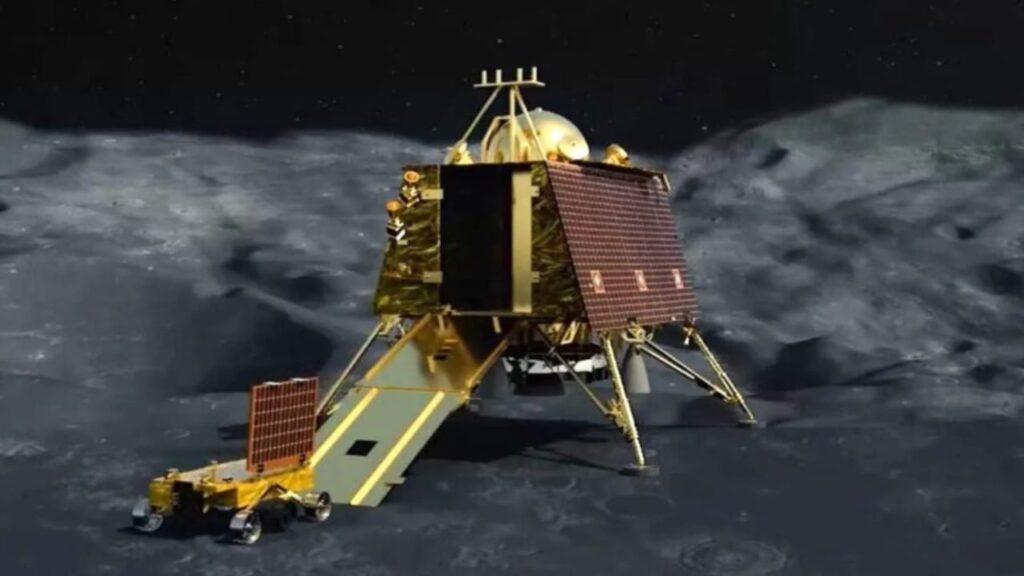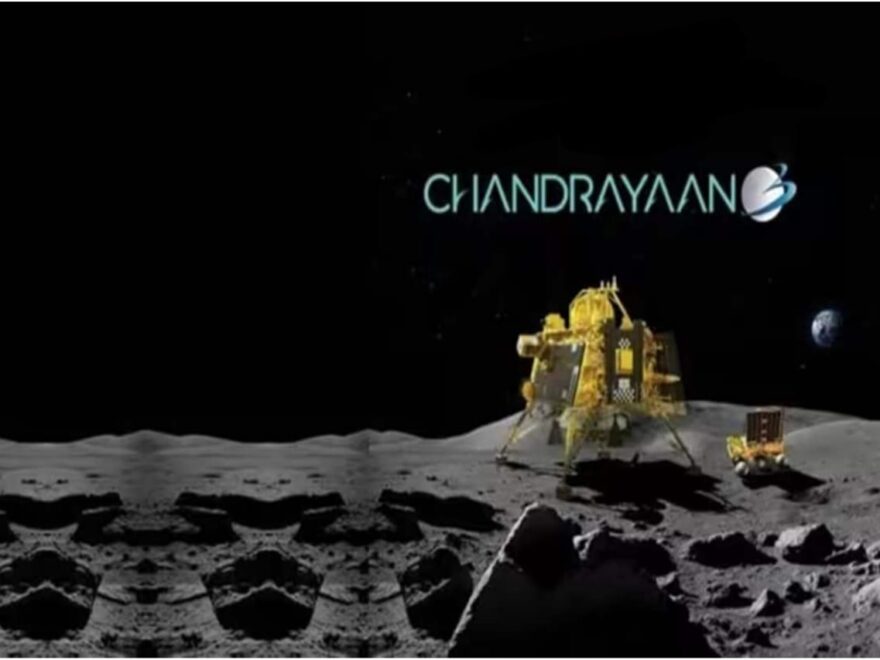Chandrayaan-3 Mission: India’s Next Leap into Lunar Exploration
India’s space agency, the Indian Space Research Organisation (ISRO), continues to make significant strides in space exploration with its upcoming mission, Chandrayaan-3. Building on the success of its predecessors, Chandrayaan-1 and Chandrayaan-2, this mission represents India’s commitment to advancing its space capabilities and furthering our understanding of the Moon.
A Brief Overview:
Chandrayaan-3 is the third lunar exploration mission undertaken by ISRO. Following the path of its predecessors, the mission aims to enhance our knowledge of the Moon’s surface, mineral composition, and geology. Unlike Chandrayaan-2, which consisted of an orbiter, a lander (Vikram), and a rover (Pragyan), Chandrayaan-3 is primarily focused on a successful soft landing on the lunar surface.
Objectives:
The primary objective of Chandrayaan-3 is to successfully deliver a lander and rover to the Moon’s surface, conducting scientific experiments and collecting data to analyze its composition. The mission aims to improve our understanding of the Moon’s geological and mineralogical aspects while also demonstrating India’s technological prowess in space exploration.

Technological Advancements:
Chandrayaan-3 will incorporate lessons learned from the previous missions, particularly Chandrayaan-2’s lander mishap during its attempted soft landing. By implementing improvements in the design, navigation, and landing technologies, ISRO intends to ensure a smooth landing process for the rover.
Scientific Payload:
The rover carried by Chandrayaan-3 will be equipped with a suite of scientific instruments to study the lunar surface. These instruments may include cameras, spectrometers, and seismometers, enabling scientists to analyze the Moon’s composition, surface features, and seismic activity. The data collected could provide insights into the Moon’s evolution and history.
International Collaboration:
ISRO has actively pursued collaborations with other space agencies and research institutions to share knowledge and expertise. Chandrayaan-3 might involve international contributions, fostering global cooperation in lunar exploration.
Benefits and Discoveries:
The Chandrayaan-3 mission is expected to yield a wealth of scientific discoveries. By studying the Moon’s surface and composition in more detail, researchers could gain insights into the early solar system, planetary formation processes, and even the potential for resources like water ice. Such knowledge not only expands our understanding of the Moon but also contributes to broader space exploration goals, including future human missions to other celestial bodies.
Conclusion:
Chandrayaan-3 represents India’s continued dedication to space exploration and technological innovation. With its focus on a successful lunar landing and scientific exploration, the mission is poised to contribute valuable data and insights to the global scientific community. As ISRO launches Chandrayaan-3, the world watches in anticipation, eager to witness the next chapter in India’s remarkable journey through space.

